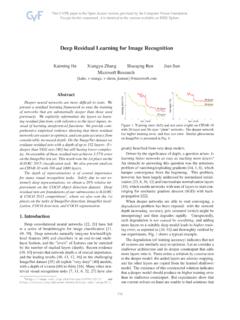Transcription of h467i RESIDUAL SOLVENTS - USP-NF
1 USP 30 Chemical Tests / h467i RESIDUAL SOLVENTS 1. h467i RESIDUAL SOLVENTS Class 2 RESIDUAL SOLVENTS : SOLVENTS to be Limited Nongenotoxic animal carcinogens or possible causative agents of other irreversible toxicity, such as neurotoxicity or teratoge- (Chapter under this new title to become of cial July 1, 2007) nicity. (Current chapter title is h467i Organic Volatile Impurities) SOLVENTS suspected of other signi cant but rever- sible toxicities. For pharmacopeial purposes, RESIDUAL SOLVENTS in pharmaceuticals Class 3 RESIDUAL SOLVENTS : SOLVENTS with Low Toxic Po- are de ned as organic volatile chemicals that are used or produced in tential the manufacture of drug substances or excipients, or in the SOLVENTS with low toxic potential to humans; no preparation of drug products.
2 The RESIDUAL SOLVENTS are not health-based exposure limit is needed. completely removed by practical manufacturing techniques. Appro- [NOTE Class 3 RESIDUAL SOLVENTS may have PDEs of up to priate selection of the solvent for the synthesis of a drug substance or 50 mg or more per day.]*. an excipient may enhance the yield, or determine characteristics such as crystal form, purity, and solubility. Therefore, the solvent may *. For RESIDUAL SOLVENTS with PDEs of more than 50 mg per day, see the sometimes be a critical element in the synthetic process. This discussion in the section Class 3 under Limits of RESIDUAL SOLVENTS . General Chapter does not address SOLVENTS deliberately used as excipients nor does it address solvates.
3 However, the content of SOLVENTS in such products should be evaluated and justi ed. Because RESIDUAL SOLVENTS do not provide therapeutic bene t, they should be removed, to the extent possible, to meet ingredient and PROCEDURES FOR ESTABLISHING. product speci cations, good manufacturing practices, or other EXPOSURE LIMITS. quality-based requirements. Drug products should contain no higher levels of RESIDUAL SOLVENTS than can be supported by safety The procedure used to establish permitted daily exposures for data. SOLVENTS that are known to cause unacceptable toxicities (Class RESIDUAL SOLVENTS is presented in Appendix 3. 1, Table 1) should be avoided in the production of drug substances, excipients, or drug products unless their use can be strongly justi ed in a risk-bene t assessment.
4 SOLVENTS associated with less severe OPTIONS FOR DETERMINING LEVELS OF. toxicity (Class 2, Table 2) should be limited in order to protect CLASS 2 RESIDUAL SOLVENTS . patients from potential adverse effects. Ideally, less toxic SOLVENTS (Class 3, Table 3) should be used where practical. The complete list Two options are available to determine levels of Class 2 RESIDUAL of SOLVENTS included in this General Chapter is given in Appendix 1. SOLVENTS . These tables and the list are not exhaustive. Where other SOLVENTS have been used, based on approval by the competent regulatory authority, such SOLVENTS may be added to the tables and list. Testing of drug substances, excipients, and drug products for Option 1.
5 RESIDUAL SOLVENTS should be performed when production or The concentration limits in ppm stated in Table 2 are used. They puri cation processes are known to result in the presence of such were calculated using equation (1) below by assuming a product RESIDUAL SOLVENTS . It is only necessary to test for RESIDUAL SOLVENTS that weight of 10 g administered daily. are used or produced in the manufacture or puri cation processes. Although manufacturers may choose to test the drug product, a cumulative procedure may be used to calculate the RESIDUAL solvent levels in the product from the levels in its ingredients. If the calculation results in a level equal to or below that recommended in this General Chapter, no testing of the drug product for RESIDUAL SOLVENTS needs to be considered.
6 If, however, the calculated levels are above the recommended level, the drug product should be tested to ascertain whether the formulation process has reduced the relevant Here, PDE is given in terms of mg per day, and dose is given in g solvent levels to within acceptable amounts. A drug product should per day. also be tested if a RESIDUAL solvent is used during its manufacture. These limits are considered acceptable for all drug substances, See Appendix 2 for additional background information related to excipients, and drug products. Therefore, this option may be applied RESIDUAL SOLVENTS . if the daily dose is not known or xed. If all drug substances and excipients in a formulation meet the limits given in Option 1, these components may be used in any proportion.
7 No further calculation is CLASSIFICATION OF RESIDUAL SOLVENTS necessary provided the daily dose does not exceed 10 g. Products that are administered in doses greater than 10 g per day are to be BY RISK ASSESSMENT considered under Option 2. The term tolerable daily intake'' (TDI) is used by the International Program on Chemical Safety (IPCS) to describe exposure limits of toxic chemicals and the term acceptable daily Option 2. intake'' (ADI) is used by the World Health Organization (WHO) and other national and international health authorities and institutes. The It is not necessary for each component of the drug product to term permitted daily exposure'' (PDE) is de ned as a pharmaceu- comply with the limits given in Option 1.
8 The PDE in terms of mg tically acceptable intake of RESIDUAL SOLVENTS to avoid confusion of per day as stated in Table 2 can be used with the known maximum differing values for ADIs of the same substance. daily dose and equation (1) above to determine the concentration of RESIDUAL SOLVENTS speci ed in this General Chapter are listed in RESIDUAL solvent allowed in a drug product. Such limits are Appendix 1 by common names and structures. They were evaluated considered acceptable provided that it has been demonstrated that for their possible risk to human health and placed into one of three the RESIDUAL solvent has been reduced to the practical minimum. The classes as follows: limits should be realistic in relation to analytical precision, manufacturing capability, and reasonable variation in the manufac- Class 1 RESIDUAL SOLVENTS : SOLVENTS to be Avoided turing process.
9 The limits should also re ect contemporary Known human carcinogens manufacturing standards. Strongly suspected human carcinogens Environmental hazards Page 1 of 10 Time:14:38 Date:3/23/07 Instance: t:\share\uspnf\printq\out\ Template:U:/VERSION-8/TEMPLATE/. V8_ 2 h467i RESIDUAL SOLVENTS / Chemical Tests USP 30. Option 2 may be applied by adding the amounts of a RESIDUAL tion of RESIDUAL SOLVENTS section of this General Chapter are to be solvent present in each of the components of the drug product. The applied wherever possible. Otherwise an appropriate validated sum of the amounts of solvent per day should be less than that given procedure is to be employed. Such procedure shall be submitted to by the PDE.
10 The USP for evaluation. Consider an example of the application of Option 1 and Option 2 to acetonitrile concentration in a drug product. The permitted daily Table 1. Class 1 RESIDUAL SOLVENTS exposure to acetonitrile is mg per day; thus, the Option 1 limit is 410 ppm. The maximum administered daily weight of a drug product Concentration is g, and the drug product contains two excipients. The Solvent Limit (ppm) Concern composition of the drug product and the calculated maximum Benzene 2 Carcinogen content of RESIDUAL acetonitrile are given in the following table. Carbon tetrachloride 4 Toxic and environ- Amount Acetonitrile mental hazard in Formulation Content Daily Exposure 1,2-Dichloroethane 5 Toxic Component (g) (ppm) (mg) 1,1-Dichloroethene 8 Toxic Drug 800 1,1,1-Trichloroethane 1500 Environmental substance hazard Excipient 1 400 Excipient 2 800 Drug product 728 Excipient l meets the Option 1 limit, but the drug substance, Class 2.
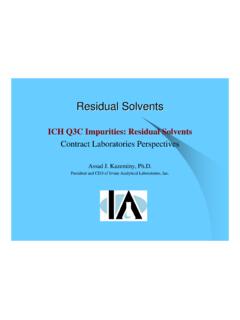
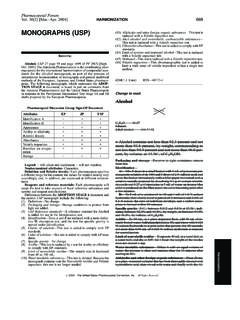
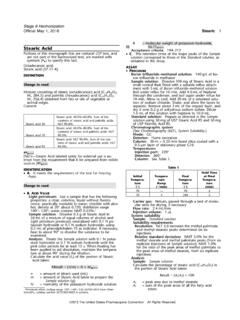
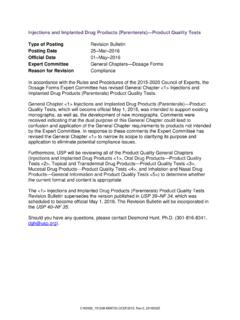
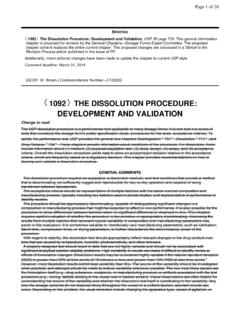
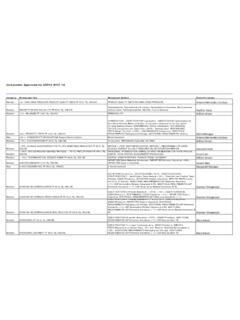
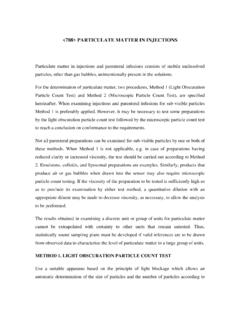
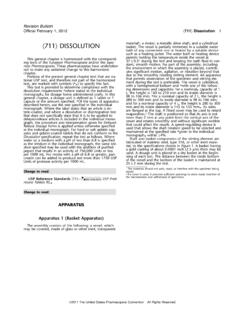
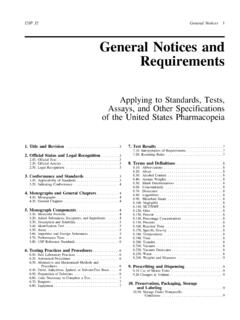
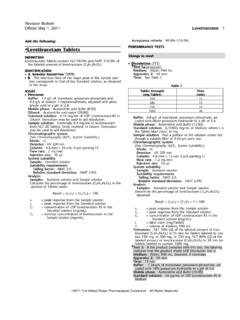
![Wide Residual Networks arXiv:1605.07146v4 [cs.CV] 14 Jun ...](/cache/preview/f/7/8/5/a/7/7/4/thumb-f785a7744743f4acbd6636c813dabbb6.jpg)

